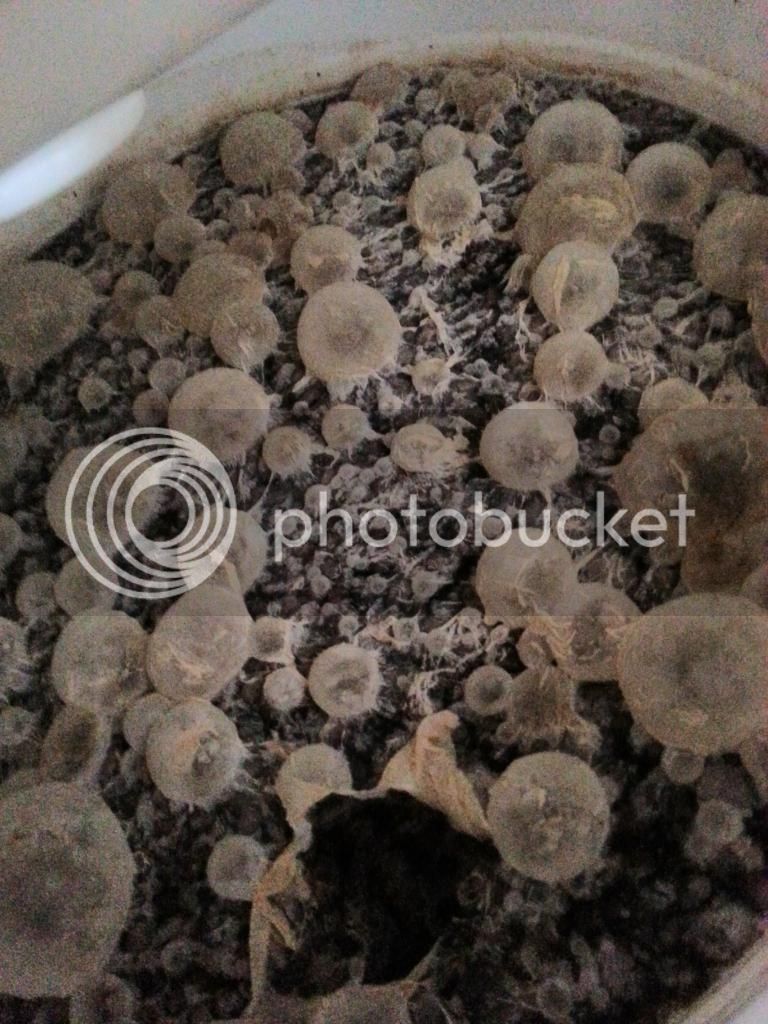I've got my kit ready for racking to secondary. There is no sour taste like RR's sour taste, so I would hate to have the "lackluster" sourness i've been reading about in this and other threads (regarding other sour attempts).
I've followed some of the pedio/lacto question, as to pedio being the predominant source of the delightful sourness I so crave from RR. And that the IBUs here might suppress the lacto. I'm also confused as to why Roselare is used - appears to have lots of stuff (sach, brett) that comes with the lacto and pedio. We need this when we've already pitched a pure brett in secondary, and yeast before?
So, my thought was this:
Brett Brux only (at secondary, w/ currants). Then when time for the Roselare, instead I will only pitch Pedio.
Will the Brett Brux, pitched earlier, still have the strength to eat any unwanted flavors coming from the pedio? I cite earlier posts here, and this thread, as to this issue: https://www.homebrewtalk.com/f127/lacto-pedio-vs-pedio-only-436466/
Any insight would be much appreciated! To sour sours!
I've followed some of the pedio/lacto question, as to pedio being the predominant source of the delightful sourness I so crave from RR. And that the IBUs here might suppress the lacto. I'm also confused as to why Roselare is used - appears to have lots of stuff (sach, brett) that comes with the lacto and pedio. We need this when we've already pitched a pure brett in secondary, and yeast before?
So, my thought was this:
Brett Brux only (at secondary, w/ currants). Then when time for the Roselare, instead I will only pitch Pedio.
Will the Brett Brux, pitched earlier, still have the strength to eat any unwanted flavors coming from the pedio? I cite earlier posts here, and this thread, as to this issue: https://www.homebrewtalk.com/f127/lacto-pedio-vs-pedio-only-436466/
Any insight would be much appreciated! To sour sours!



